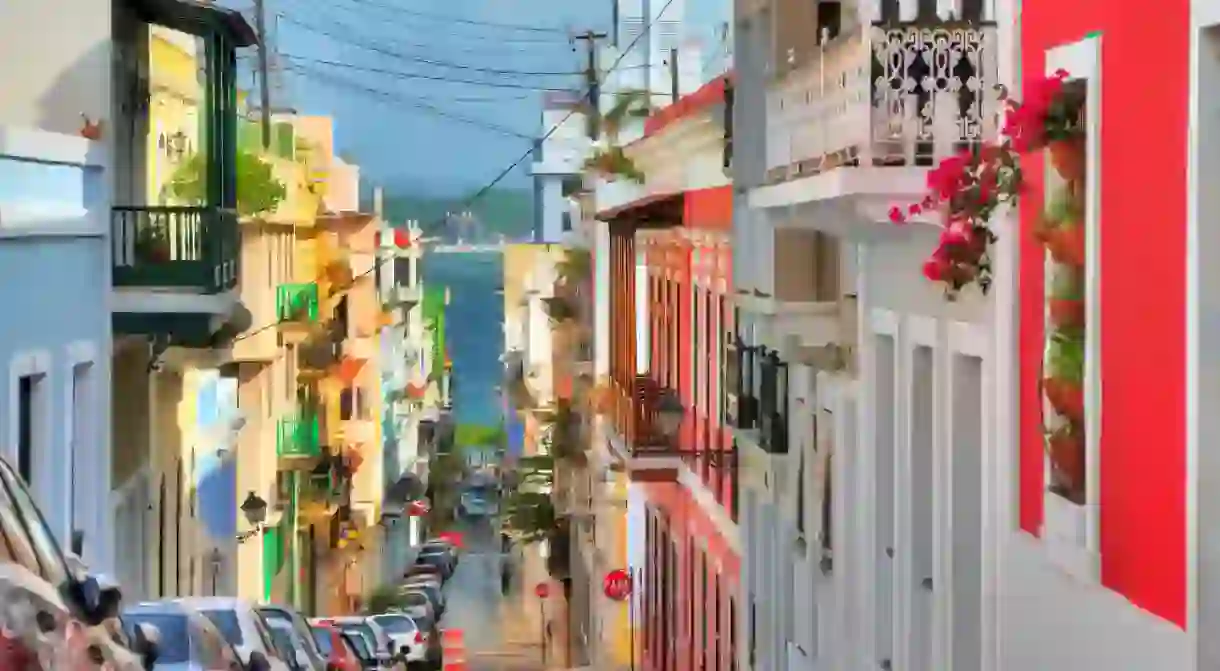A Walking Tour of Old San Juan's Architectural Treasures

One of the most convenient aspects of traveling through Old San Juan is that it’s walkable and easily accessible for pedestrians. Many people get to know the historic district by walking around without a plan and encountering architectural beauties by chance.
That is one way to do it, but with just a little bit of planning, visitors can make sure to see the architectural treasures the area has to offer. Put your comfortable shoes on, bring sunscreen and follow the path outlined here to see Old San Juan’s notable structures.
El Capitolio
Visitors are able to enter the Capitol building and take a tour in what is probably the most important government building on the island. El Capitoliois located at the beginning of Old San Juan. Inaugurated in 1929, it replaced what is now known as the State Department Building. Notable features of the structure include its rotunda, marble stairs, and prominent columns. The plaza in front of the building is a great spot to take pictures since it sits between the Capitol building and the oceanfront.

Fort San Cristobal
Dating back centuries, Fort San Cristobal once formed part of an intricate defence system for the city of San Juan, which served to keep the city safe both under Spanish and American rule. Now it’s a must-visit attraction in Old San Juan, for tourists and locals of all ages looking for a wonderful and historic experience with ocean-side views.

El Morro Castle
The most famous fortification—just edging out Fort San Cristobal for the distinction—is El Morro Castle, which also served to protect the capital city for centuries. Its strategic location in San Juan Bay was utilized for security purposes, but now that the castle is a tourist attraction, its location provides spectacular ocean-front views. The vast green lawn in front of the structure is perfect for walking around and having a picnic, among other outdoor activities. Visitors can easily access the impressive castle via Norzagaray Street.

Casa Alcadía (The Mayor’s Building)
The construction of the mayor’s building in its current location at San Francisco Street, began in 1604 and its development continued until 1814. Over the years important moments have happened with the building’s walls, such as the signing that ended slavery in 1873, and the founding of the Puerto Rican Athenaeum in 1876. The current structure was built between 1938 and 1939, and includes four floors, an elevator and a basement.

Capilla del Cristo
Apparently this small chapel on a cliff was built by Baltazar Montañez, a young man that was saved through divine intervention at this very spot. The chapel is still very similar to how it was in 1753, when it was, except for the tokens or ornaments that people with physical illnesses leave there for curative purposes. Thanks to a group of volunteers, the chapel on Cristo Street is taken care of and when open, visitors can leave ornaments there, if they want.

La Fortaleza
Originally a fortification, the first section of La Fortaleza was built between 1533 and 1540, with additional construction being done towards the end of that century; then in 1846 more changes were made to the structure. The governors of Puerto Rico have lived in this distinctive blue building since 1604.

San Juan Gate
Located along Clara Lair Street, the exterior, pink-red exterior of the door/gate is a notable exception to all the brick in the area. An inscription in Latin that reads “Benedictus qui venit in nomine Domini” sits atop the door, which roughly translates as “Blessed is he that comes in name of the Lord.” It is, like so many other attraction on this list, a remnant of when Puerto Rico was under Spanish-rule. Visitors have so many historic landmarks that they can walk to, including the gate, that it’ll motivate anyone to explore.














